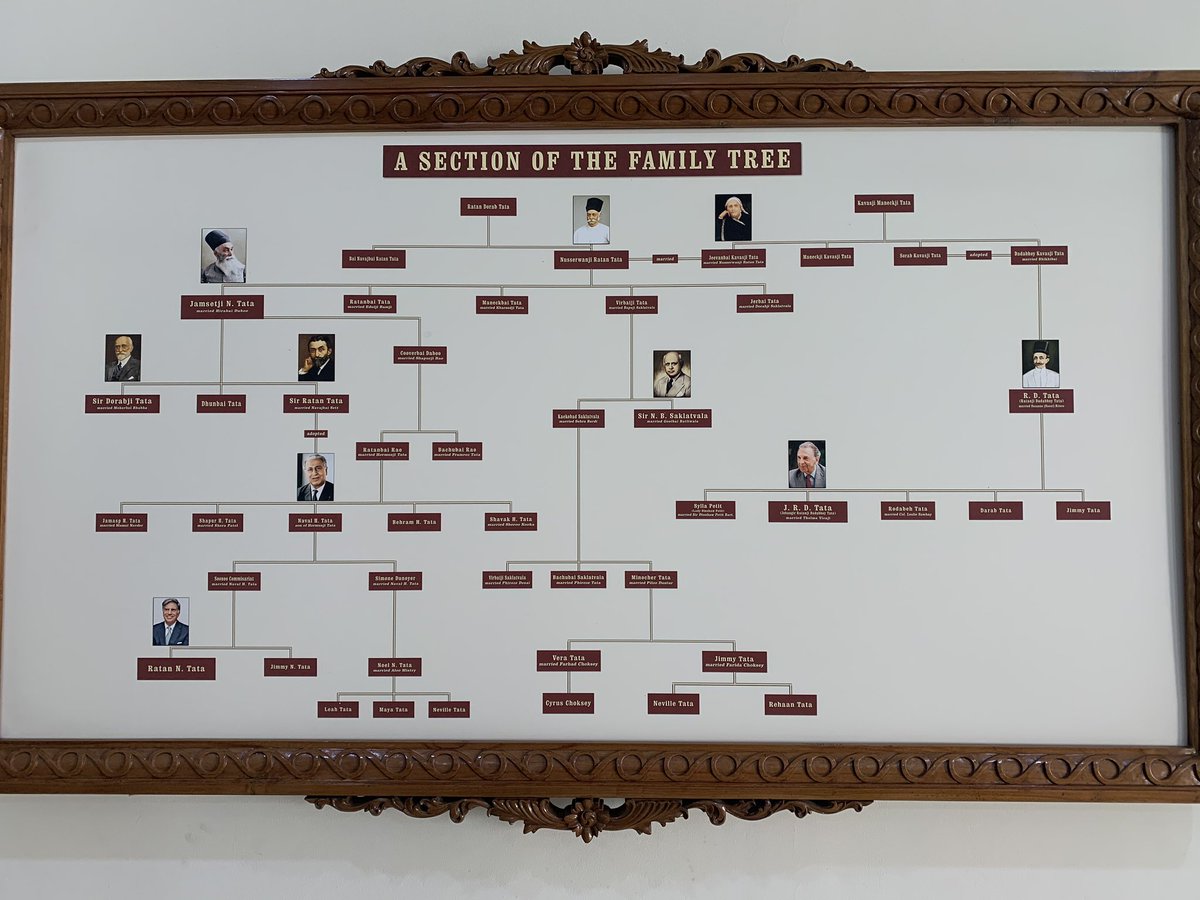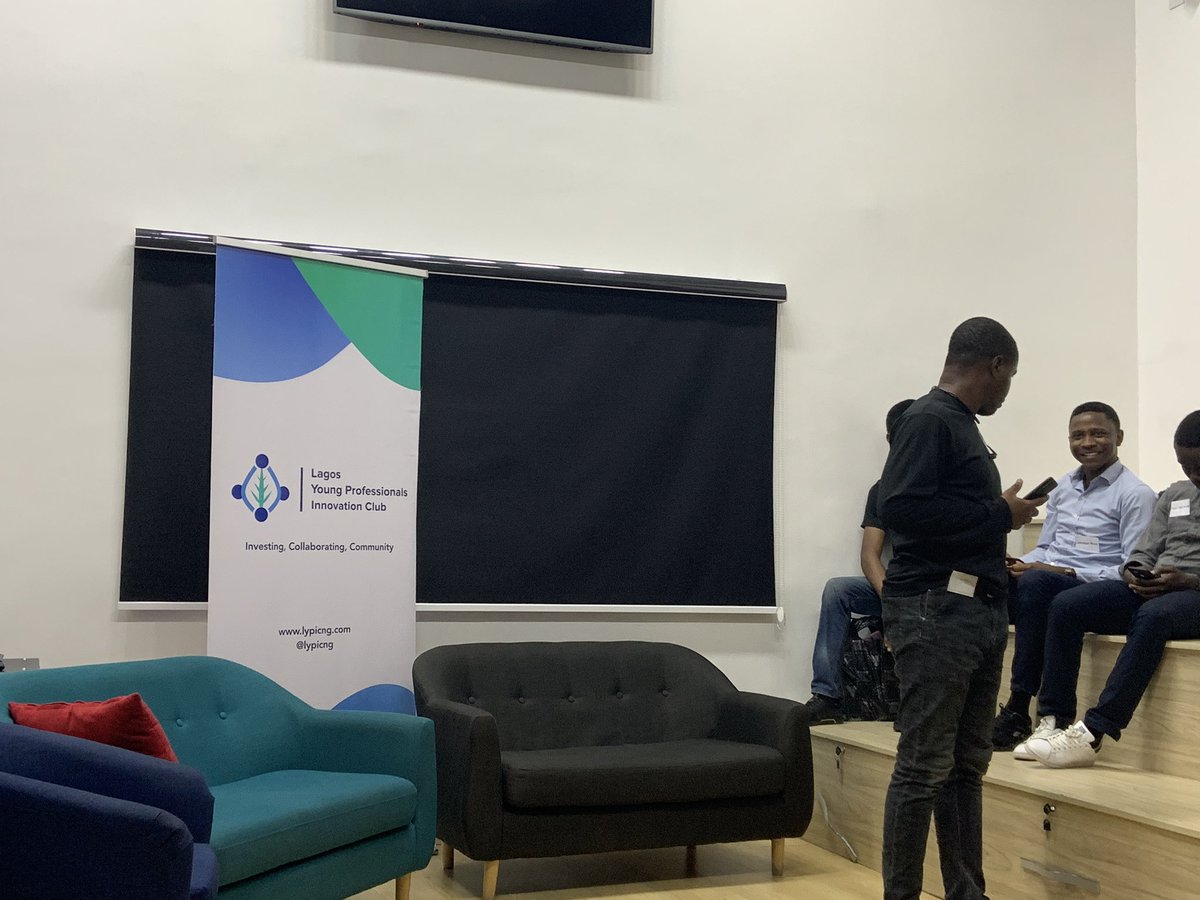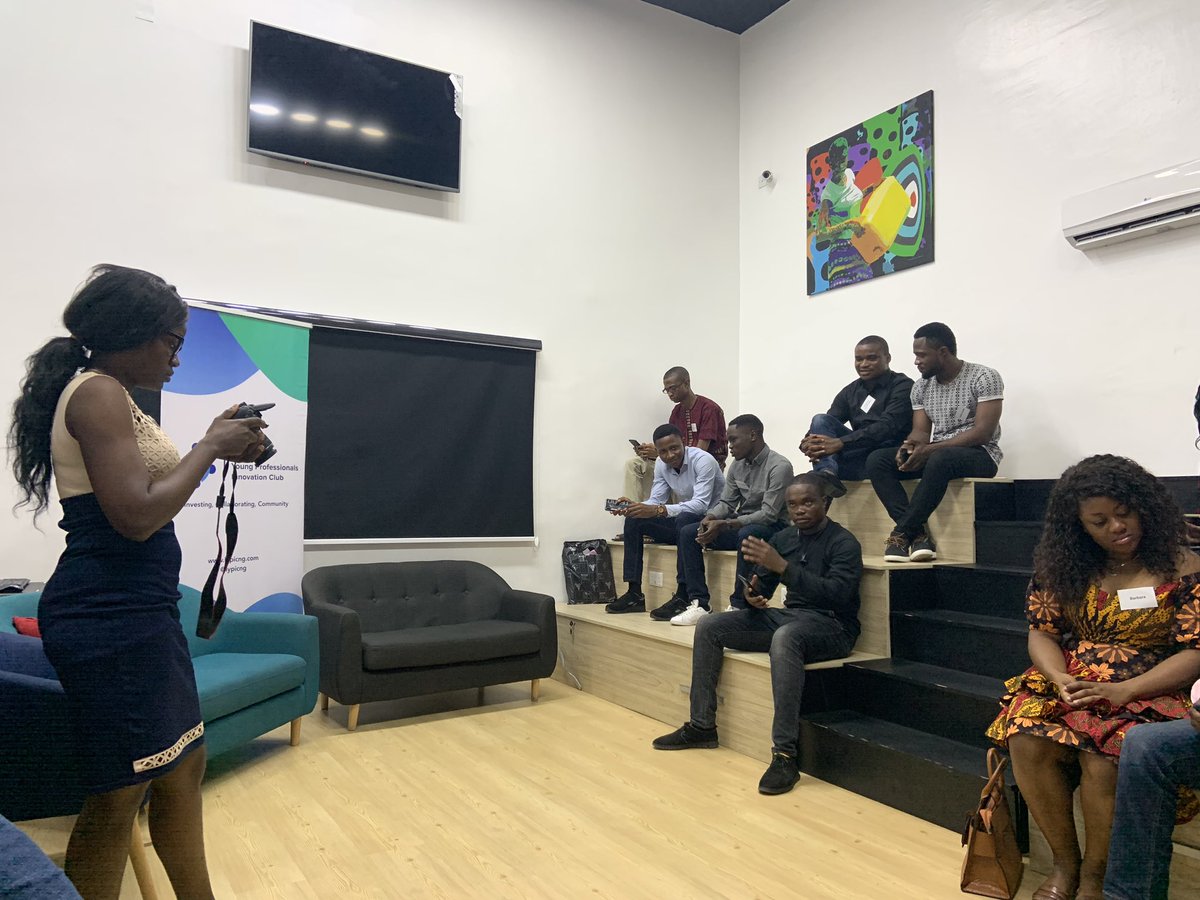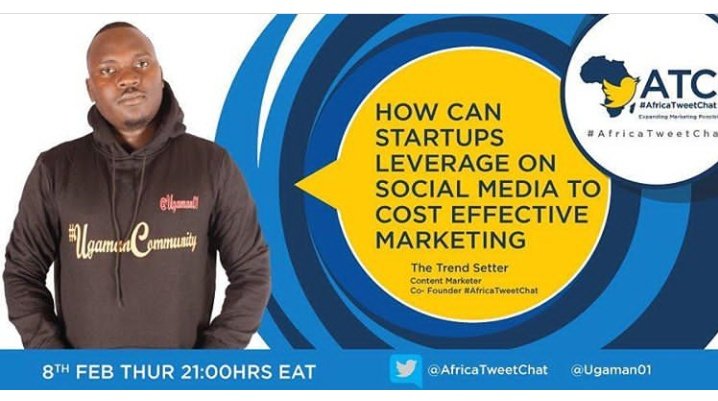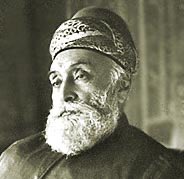
1) the American civil war ended
2) England started buying cotton from America again
3) demand for Indian cotton tanked
Yikes.
2) Benjamin Disraeli, the conservative PM of England, declared Queen Victoria the Empress of India; and
3) JNT started up his modern cotton mill. Very aptly, he named it “Empress Mills.”
1) steel
2) electricity - specifically hydroelectric power
3) scientific education
He became obsessed with using his money and power to advance these three areas. But Curzon didn’t want to play ball.
I trust, you remember me as a fellow- traveller on your voyage from Japan to Chicago. I very much recall at this moment your views on the growth of the ascetic spirit in India, and the duty, not of destroying, but of diverting it into useful channels.
With kind regards, I am, dear Swami
Yours faithfully,
Jamshedji Tata
JNT didn’t live to see any of his three cornerstones for development take root in India. But he planted the seeds for his successors.

